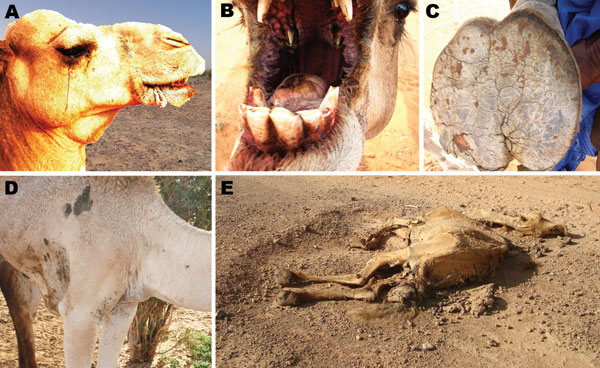Published
6 years agoon
By
Kulan Post
By: Abdikadir Ukash
WAJIR—The Wajir County health department has declared Rift Valley Fever (RVF) an outbreak days after it was reported in parts of Eldas and Wajir West constituencies.
Rift Valley Fever (RVF) is caused by a virus transmitted by mosquitoes and blood-feeding flies that usually affects animals (commonly cattle and sheep) but can also involve humans.
Presenting the situational report to the press at his office in Afya House, the county minister for health and sanitation Abdihakim Billow said the department was monitoring the situation and would release daily and weekly report.
The fever was first reported on the weekend and on Monday, a taskforce made up of the national and county government officials was established to respond to the outbreak.
“A human sample was released to the KEMRI laboratories where one tested positive for the virus,” Abdihakim said.
The taskforce stated that the prolonged long rains from March to May led to the “impounding of water in the pans, floods and overgrown vegetation resulted in the increase in mosquito population across the county.”
The taskforce, in its first report, said the domesticated animals at Basir in Eldas sub-county experienced abortions, deaths and bleeding from orifices.
On the 2nd of June, 18-year old patient was referred from Basir to the Wajir County Referral Hospital.
“The health attendants observed that he had high fever that lasted for five years and three days history of bleeding after he consumed meat from a sick animal,” the report said.
Within few house, he died.
A relative of the the first victim also died after he presented with similar signs.
However, from the team’s first report it appears an early detection mechanism was not put in place for not only the Rift Valey Fever, but detection of other similar deadly outbreaks.
“We received an alert from the national government’s veterinary department,’’ the CEC for health Abdihakim said.
As the Eid festivities near, it remains to be seen if the department would prevent more casualties.
When livestock are infected the disease can cause significant economic losses due to high mortality rate in young animals and waves of abortions in pregnant females.
The virus was first identified in 1931 during an epidemic among sheep on a farm in the Rift Valley of Kenya. Since then, outbreaks have been reported in sub-Saharan Africa, North Africa, and in 2000 Saudi Arabia and Yemen, marking the first reported occurrence of the disease outside the African continent, raising concerns that it could extend to other parts of Asia and Europe.
